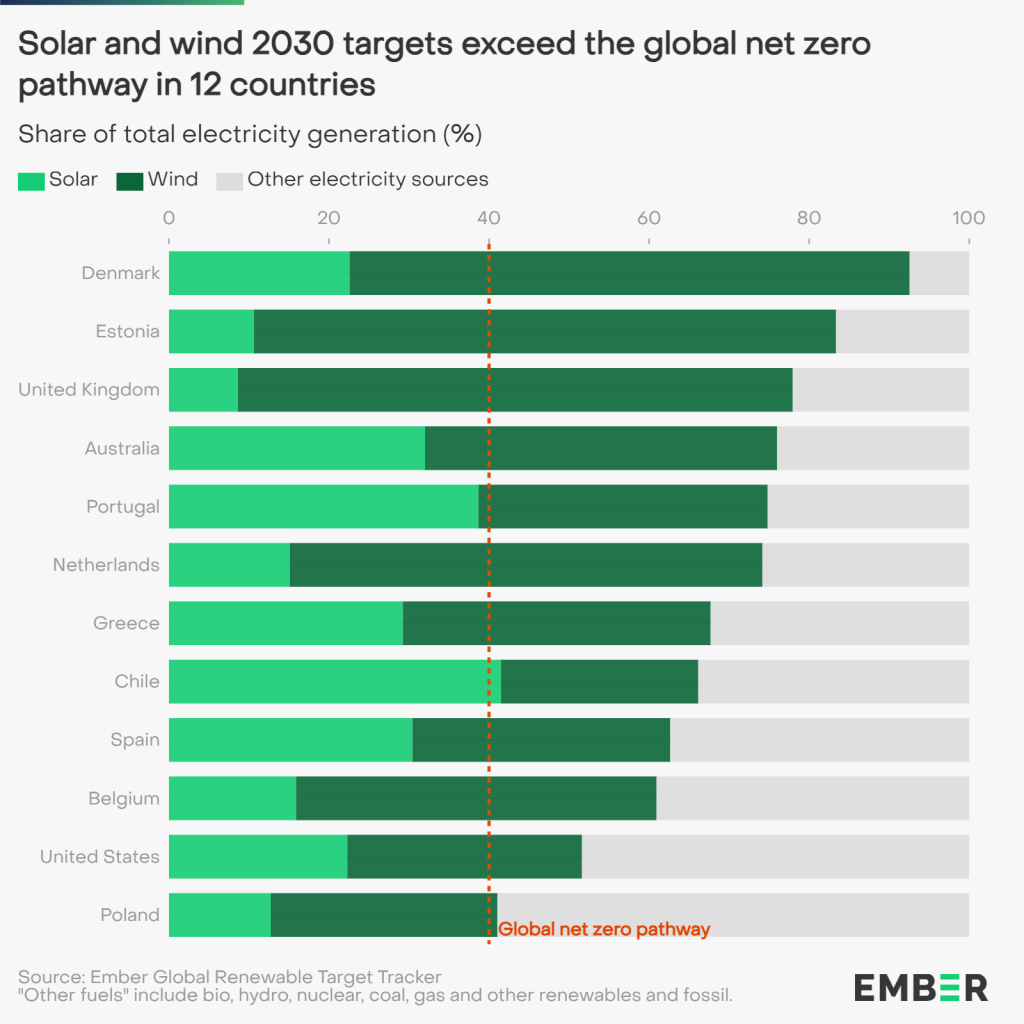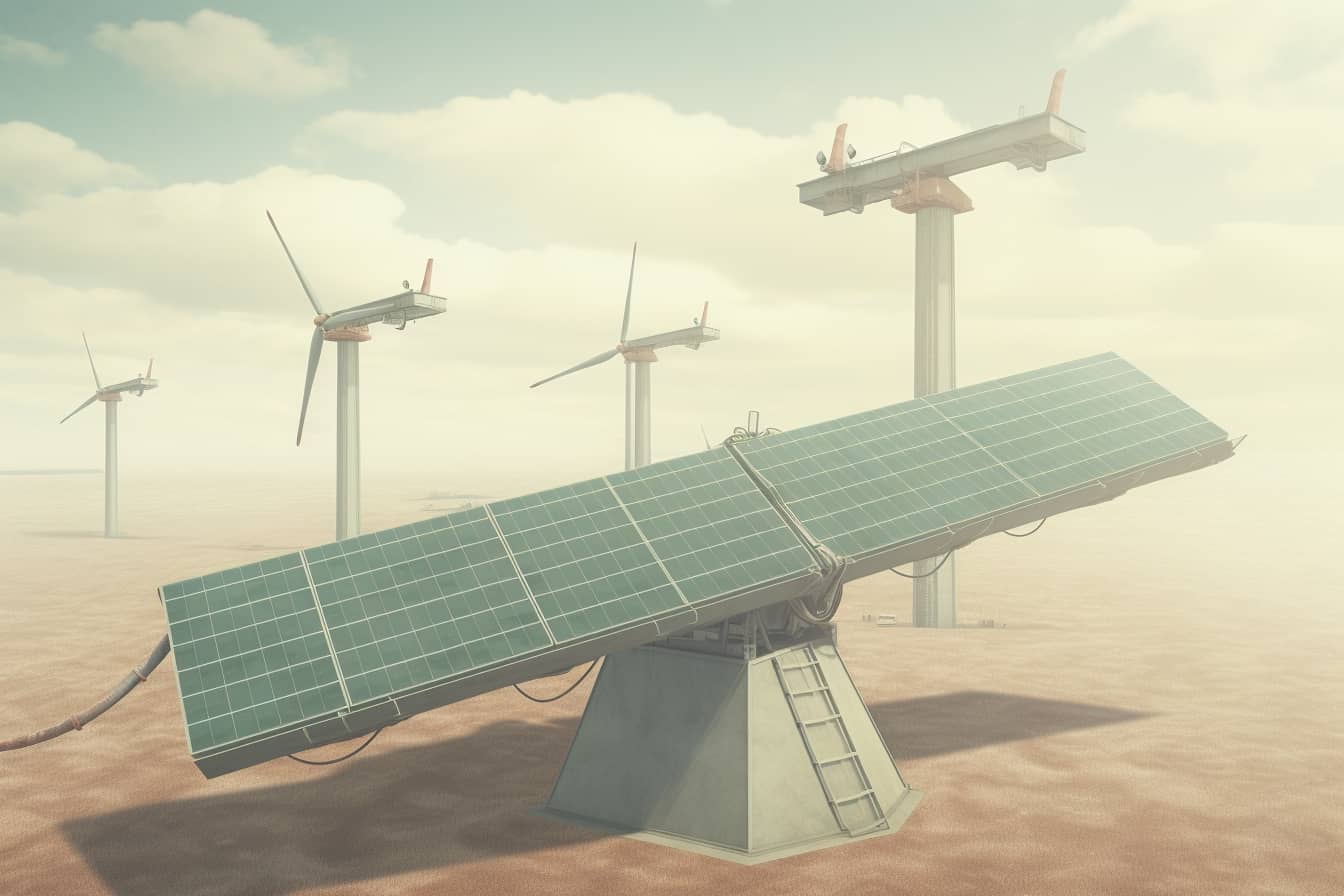Global renewable energy capacity is on track to triple by 2030. An interesting and super complete report of the independent think tank ember highlights how many countries are already exceeding their targets, in an energy "race" that is much faster and broader than expected.

The rise of renewable energy
The world is witnessing an unprecedented acceleration in the adoption of renewable energy. According to Ember analysis, which examined renewable targets from 57 countries plus the European Union (across 90% of global energy sector emissions), renewable capacity is expected to reach approximately 7.3 terawatts (TW) by 2030, more than doubled from 3.4 TW in 2022.
Remarkably, 22 of these countries already have enough renewable energy projects in development to exceed their 2030 targets. Another 12 countries are building renewable infrastructure at a faster pace than necessary to meet their goals. This includes nations like Brazil, which plans to install nearly three times more renewable capacity in 2023 than the annual target set for 2030.
The report particularly highlights the impetuous growth of solar and wind energy. More than 75% of the renewable capacity planned for 2030 will be provided by these two sources. 2023 witnessed a record increase in photovoltaic installations.

The obstacles along the race
Despite this progress, reaching the goal of tripling renewable capacity will require closing a gap of 3.7 TW, and that's no small feat. We will need an acceleration of implementation and an increase in ambition globally. 10 countries, including India, already target triple their renewable capacity, and a further 12 nations have set targets for the share of wind and solar energy exceeding 40% of the total by 2030. Very good, but not very good.
What does it take for this race to have a decisive “snap”? Ember experts emphasize the crucial role of governments in updating and strengthening their renewable targets to reflect the current pace of growth. Countries such as Australia, Japan, South Korea and the United Arab Emirates, among the largest per capita emitters in the energy sector, need to make more efforts.

In short (Italian only)
The ability of renewable energy to triple by 2030 is no longer a mere aspiration, but a concrete and achievable prospect. The challenge, if anything, is to maintain this momentum by closing the remaining gap and ensuring that the energy transition proceeds fairly and efficiently.
You know: second the UNEP “Emissions Gap Report 2023”., the increase beyond 1.5°C is imminent. Worse: the world is on a trajectory of temperature increases of 2.5-2.9°C above pre-industrial levels.
IRENA, IEA and the COP Presidency agree on the need to triple renewable capacity to 11.000 GW by 2030 to reach the 1,5°C target. Most of this growth (over 90%!) will be driven by solar and wind, with wind capacity tripling and solar capacity quintupling from 2022 to 2030.
Tripling the capacity of renewables is perhaps the most significant action of this decade to address the climate crisis.
A race, in other words, for survival.


